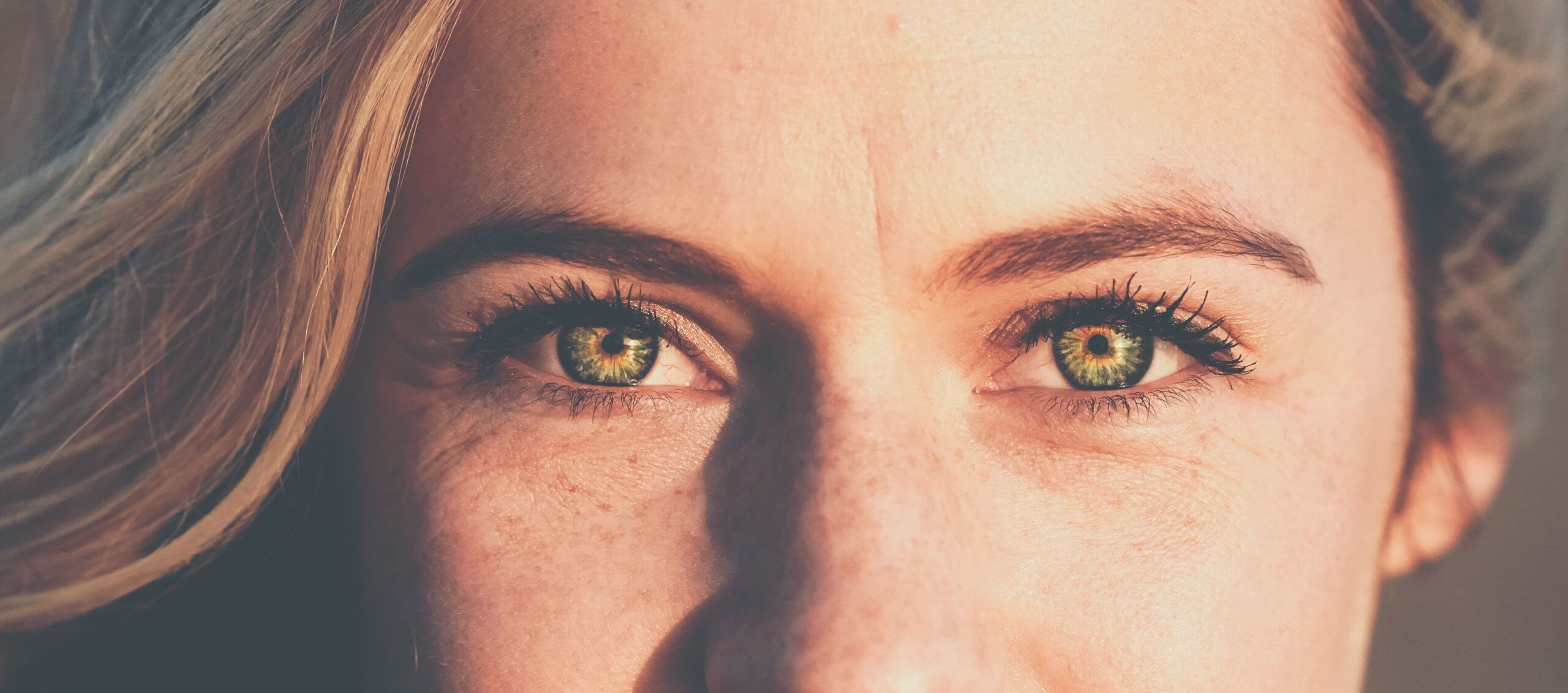Scientists suggest that our ancestors had only one eye color – brown. That is why it is the most common in the world. However, as a result of various gene mutations during evolution, other shades appeared. For example, nowadays there are people with blue, blue, green, black and even red eyes. There are also people whose eyes are generally different colors. Science has long known that the color of the iris is influenced by genes, that is, this trait is inherited. But why do eyes have any color at all, how is it formed and what is the reason for different eye colors?

People have eyes of different colors. Photo source: msk.excimerclinic.ru
Contents
- 1 Why human eyes have color
- 2 What is the rarest eye color
- 3 Why do eyes come in different colors
- 4 Can eye color change
Why do human eyes have color
Have you ever wondered why Are human eyes any color? The answer is actually quite simple – coloring protects the eyes from excess light by absorbing some of the radiation. What does color depend on? In fact, it is determined by several factors, but the most important of them is the pigment melanin.
There are two types of this pigment – pheomelanin and eumelanin. The first type of pigment is responsible for light shades. Zumelanin, on the other hand, has a rich chocolate color, so, as you might guess, it forms brown eye color. Accordingly, if the eumelanin content is low, the eye color may be blue or blue.

Blue eye color is associated with low levels of the pigment zumelanin. Photo source: wikipedia.org
In addition, some other factors influence eye color, for example, the density of the fibers of the ectodermal layer, which contains pigment cells, as well as the location of the blood vessels. For example, red eye color occurs when pigment is completely absent. True, in fact, eyes are not red, but only appear so, since the light is reflected from the blood vessels.
What is the rarest eye color?
As mentioned above, initially all people most likely had brown eyes, as they lived in sunny Africa. In fact, the local population of Africa still has brown eyes, as vision here requires effective protection from ultraviolet radiation. However, over time, our ancestors began to migrate from Africa to regions with a colder climate, where there is less sunlight. The need for melanin concentration disappeared, resulting in lighter eye colors.

Eye color varies by race. Photo source: msk.excimerclinic.ru
Perhaps for this reason, the color of the iris is associated with race. For example, blue eyes are characteristic of the European indigenous population. Africans, on the other hand, have brown or even black eyes. By the way, northern peoples also have dark eyes.
But besides race, eye color is obviously influenced by the type of appearance. For example, green eye color is common among red-haired people. This color is considered the rarest, and someday it will completely disappear, but red-haired people themselves will never disappear.
Why do eyes come in different colors
Different eye colors — this is an anomaly, or pathology, called heterochromia. It occurs in one percent of the world's population. In fact, this is not so small, because for every approximately 100 people there is 1 person with heterochromia.

Heterochromia occurs in 1% of the world's population. Photo source: twam.ru
This pathology can be expressed to varying degrees, that is, as a slight difference in shade or as a complete difference in color. For example, one eye can be blue and the other brown. There is also sectoral heterochromia, when the iris seems to be divided into sectors of different colors.
As a rule, heterochromia in humans is congenital and is caused by inherited genetic characteristics. For this reason, melanin is distributed unevenly in the eyes. That is, in one eye it can be concentrated in large quantities, and in the other there can be little of it.
Sometimes acquired heterochromia occurs. It may be associated with eye injury or concomitant diseases. For example, a difference in eye color may result from damage to the cervical sympathetic nerve. In medicine, this disease is called Horner's syndrome.

Eye color may vary slightly due to various factors. Photo source: happylook.ru
Can eye color change
Eye color cannot change radically, that is, if a person has blue eyes since childhood, then they will never turn brown. However, the shade may vary within certain limits. Moreover, this is influenced by a variety of factors, such as weather conditions and climate change. Sometimes eye color changes even due to a change in a person’s emotional state, for example, as a result of stress or strong emotional experience.
Interestingly, the most dramatic change in shade is observed in people with light eyes, for example, blue. In people with dark eyes, such changes are not observed, or at least they are very difficult to notice.

In children, eye color can change dramatically in the first months of life. Photo source: roddom.msk.ru
In addition, there are age-related changes. Babies' eyes are often blue at birth, but the color can change dramatically during the first months of life. But by the age of three, the color of the iris usually stabilizes completely. True, in some rare cases, the color of the iris can change up to 12 years.
Be sure to visit our Zen and Telegram channels, here you will find the most interesting news from the world of science and the latest discoveries!
In addition, eye color may change due to diseases. For example, with asteroid hyalosis, which we talked about earlier, the eyes become “like space.” Finally, we note that the shade of the iris, which is formed genetically, does not affect vision at all – it is just a sign.